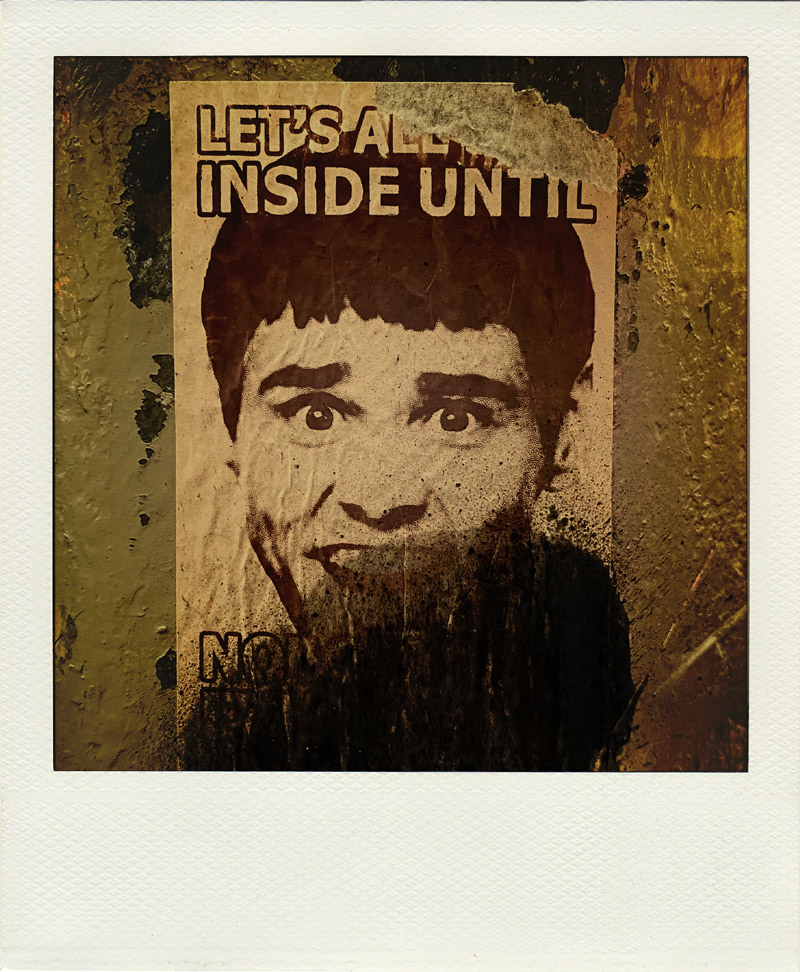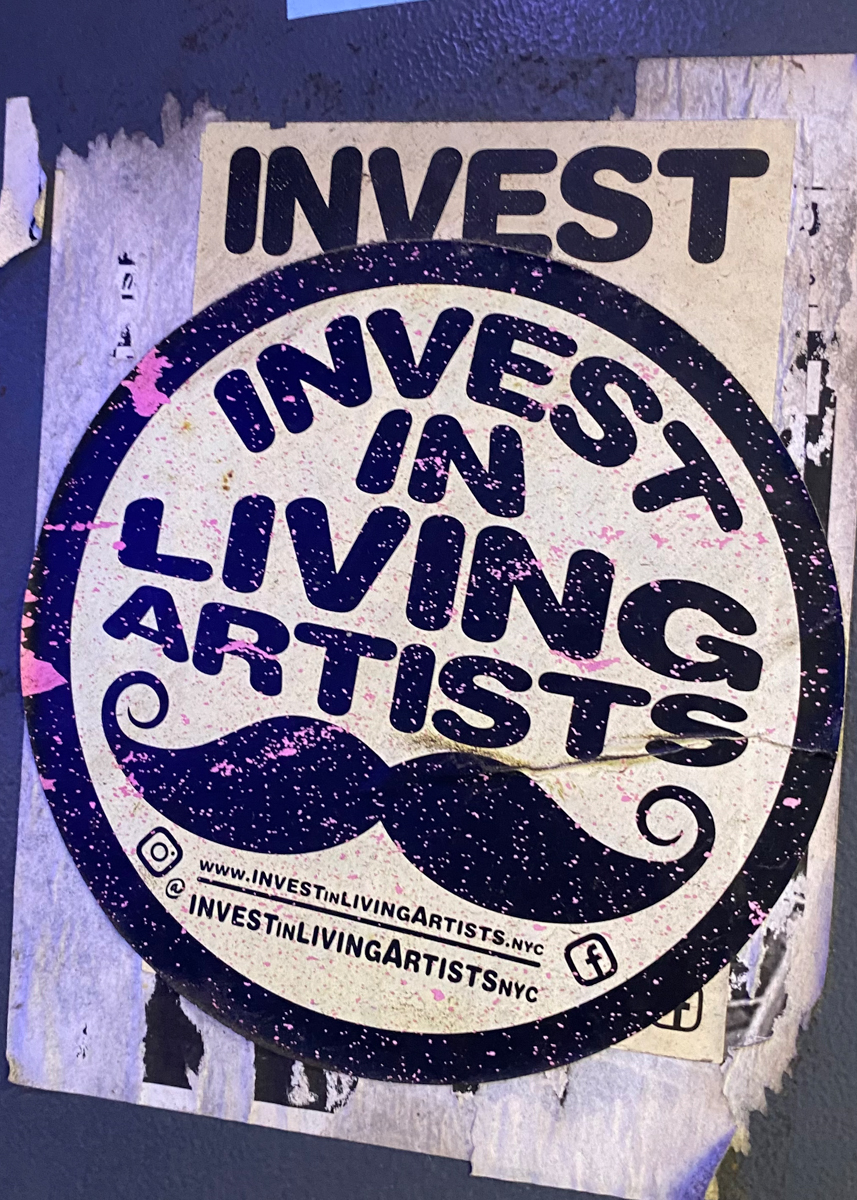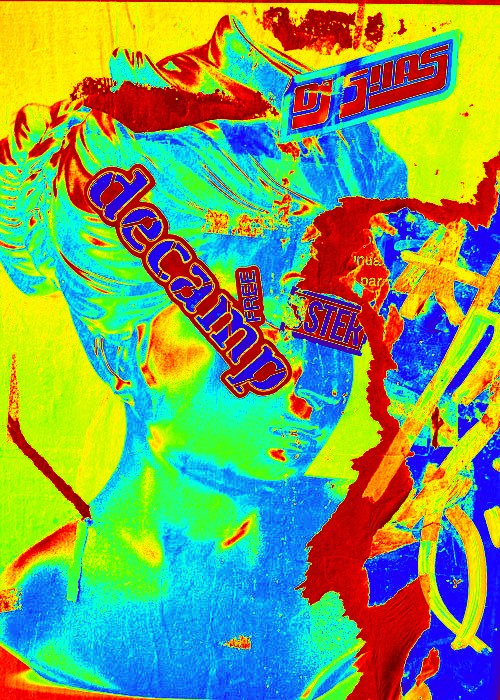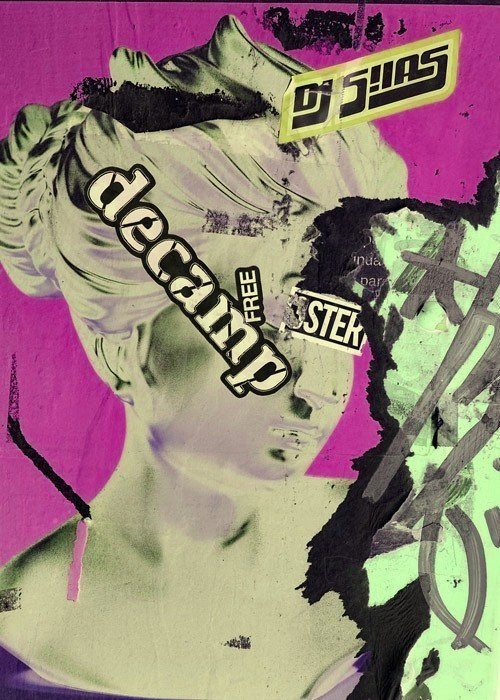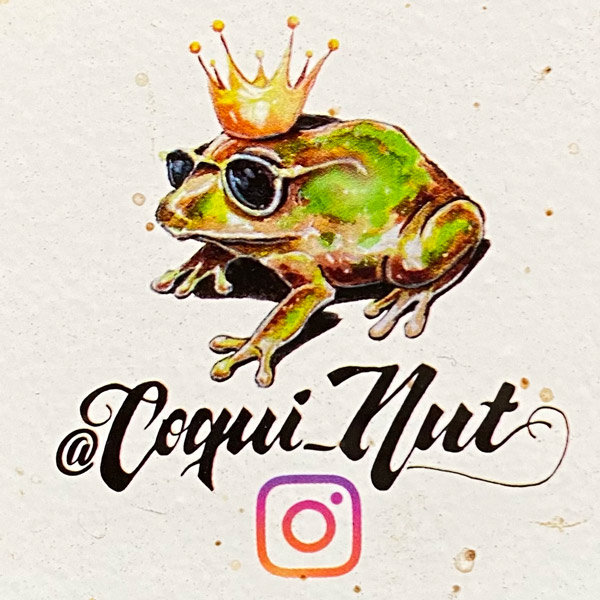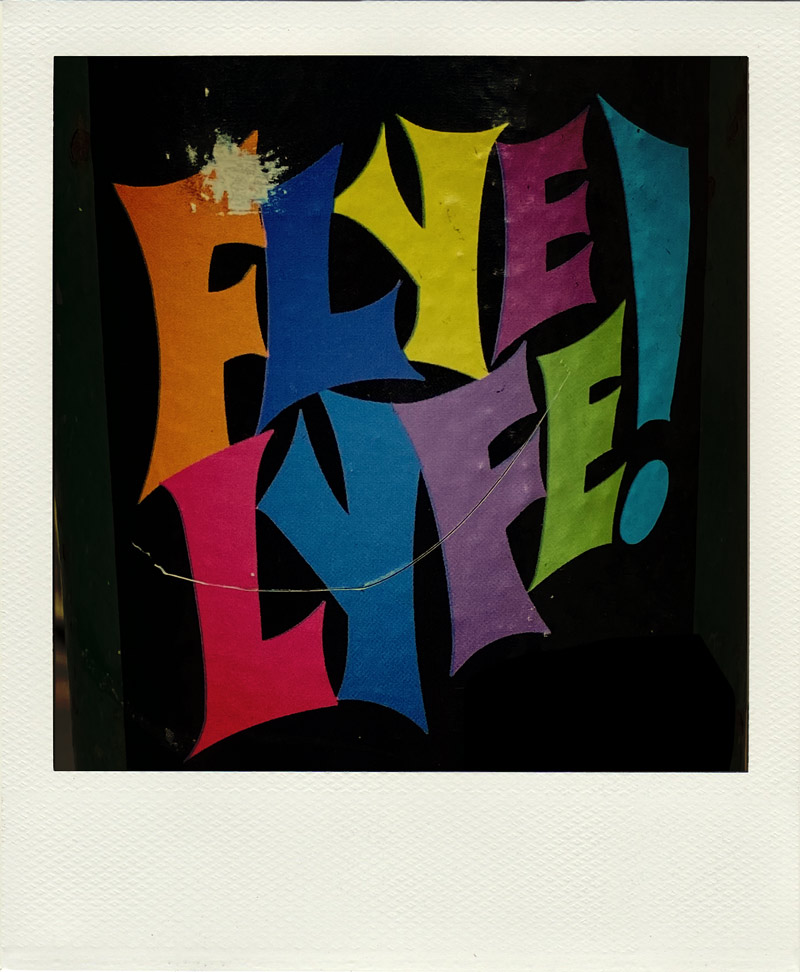One question that inspired my research was that I want to know who the stickers’ primary targeted audiences are, since most of the locations of the stickers on the streets are not noticeable for many pedestrians, who are hurrying on the street and focusing their attention on something else. Perhaps the stickers are targeting people just like me who notice and observe this tiny art form, and become a member of a sticker community. Most importantly, I am interested in how sticker artists use their work to challenge the authorities, because this kind of art technically remains “vandalism” and is “illegal” in many cities around the world.
I am also interested in the dilemma that sticker designers face when they choose the design, color, size, and location of their stickers. One the one hand, they want the stickers to be noticeable enough to communicate a message, but they don’t want the stickers to be too noticeable or they will be removed by cleaners or the authorities.
One the one hand, they want the stickers to be noticeable enough to communicate a message, but they don’t want the stickers to be too noticeable or they will be removed by cleaners or the authorities.
